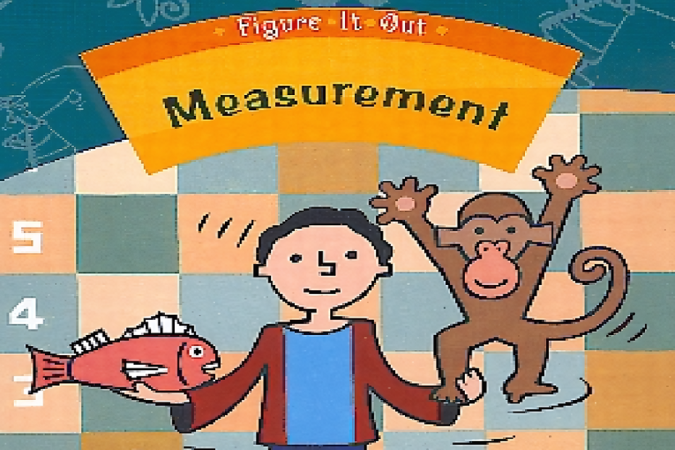Would wood fit?
This is a level 3 measurement strand activity from the Figure It Out series.

About this resource
Figure It Out is a series of 80 books published between 1999 and 2009 to support teaching and learning in New Zealand classrooms.
This resource provides the teachers' notes and answers for one activity from the Figure It Out series. A printable PDF of the student activity can be downloaded from the materials that come with this resource.
Specific learning outcomes:
- Find volumes in cubic metres.
Would wood fit?
Required materials
- Figure It Out, Level 3, Measurement, "Would wood fit?", page 15
- newspaper
- tape
- metre rulers
- wooden block (all one size)
See Materials that come with this resource to download:
- Would wood fit activity (.pdf)
Activity
This activity helps students develop a concept of a cubic metre through visualisation and then has them use cubic measures to find volumes. Junior classes may have suitable wooden blocks.
You might begin by having each student estimate and show with their hands an imaginary block that is 1 metre long, 1 metre wide, and 1 metre deep. Four students could each crouch at the corners of a metre square, while four more students could stand next to them and hold out one hand at a height of 1 metre. Another student could then check all the edges of this human (metre-square) cube with a metre ruler to see how close they were to making a metre cube.

Another variation of this is to use a 4-metre piece of string and have four students make a metre square on the floor by holding a corner of the square with one hand. Again, have another student check with a metre rule. Use another 4 metre string for four more students who are standing to make another metre square and get a student to check this with a metre rule. The four students standing need to try to position the top square a metre above the square on the floor. The students should check this to see how close they are to making a cubic metre.
Students could use the 10-centimetre cube place value block as a wooden block. This is usually used to model the thousands place. One thousand of these would fit nicely into a metre cube. A bigger challenge would be to have students use a block that is 20 centimetres by 10 centimetres by 5 centimetres. You may choose to show students a diagram of this if you cannot find a block that is this size.

You may be able to borrow some suitable wooden blocks for this activity from a junior area’s construction set. Using such blocks may be very challenging if their dimensions do not fit easily into a metre.
After estimating in questions 3 and 4, discuss techniques for making good estimates. Students may think of the tree as square instead of round. They could measure the square and multiply that by the estimated height. The area of a circle inside a square is approximately three-quarters of the area of the square. This fact could help students make better estimates.

Have the students report on their estimation techniques and the reasons for their estimates.
If there are no large trees in the school playground, question 4 could be used as a homework exercise. The focus could then be on the method, because tree sizes will vary.
1
Answers will vary depending on the dimensions of the blocks used.
2.
Answers will vary depending on the dimensions of the blocks used.
3
Answers will vary.
4.
Answers will vary.
The quality of the images on this page may vary depending on the device you are using.


